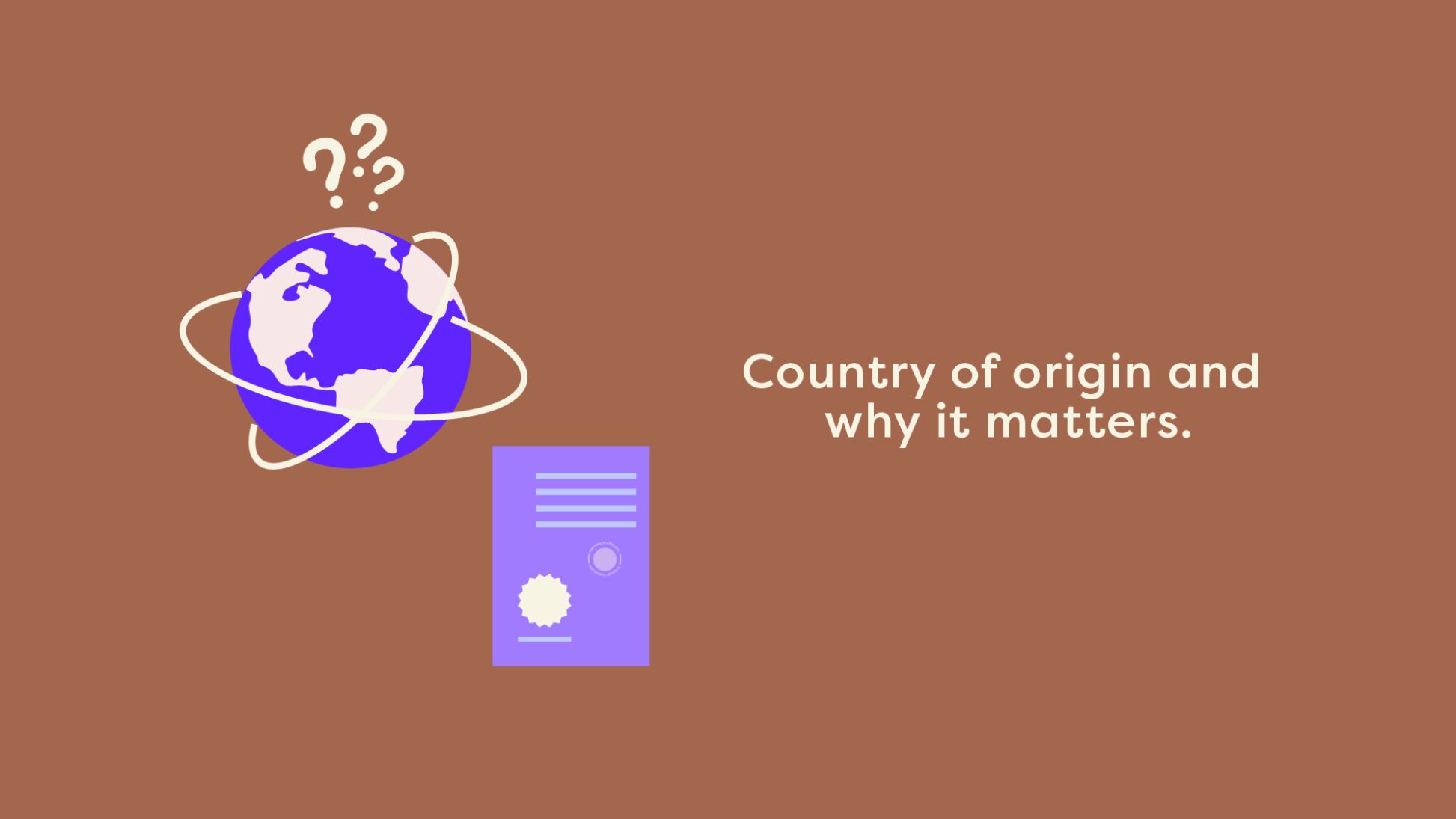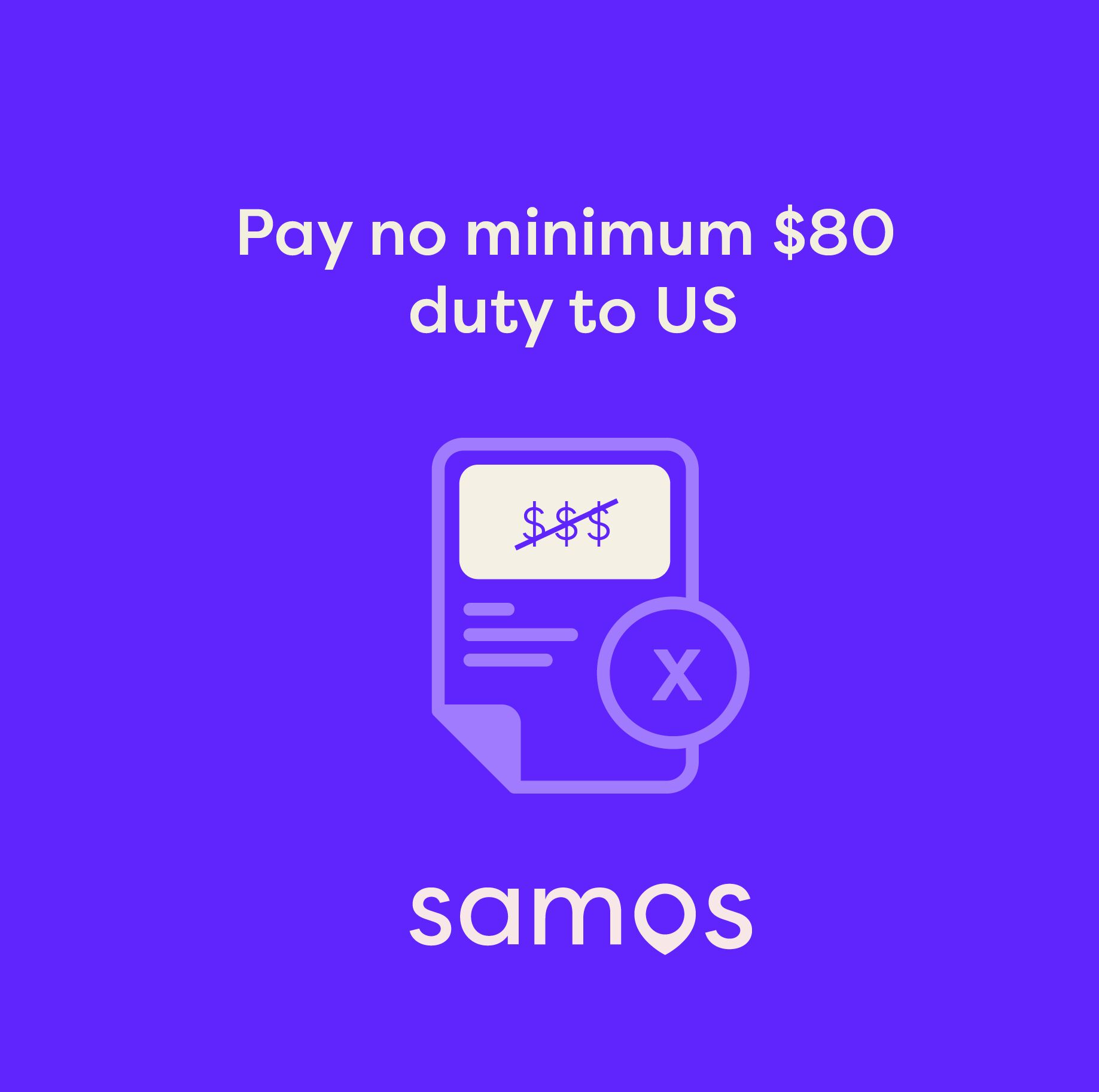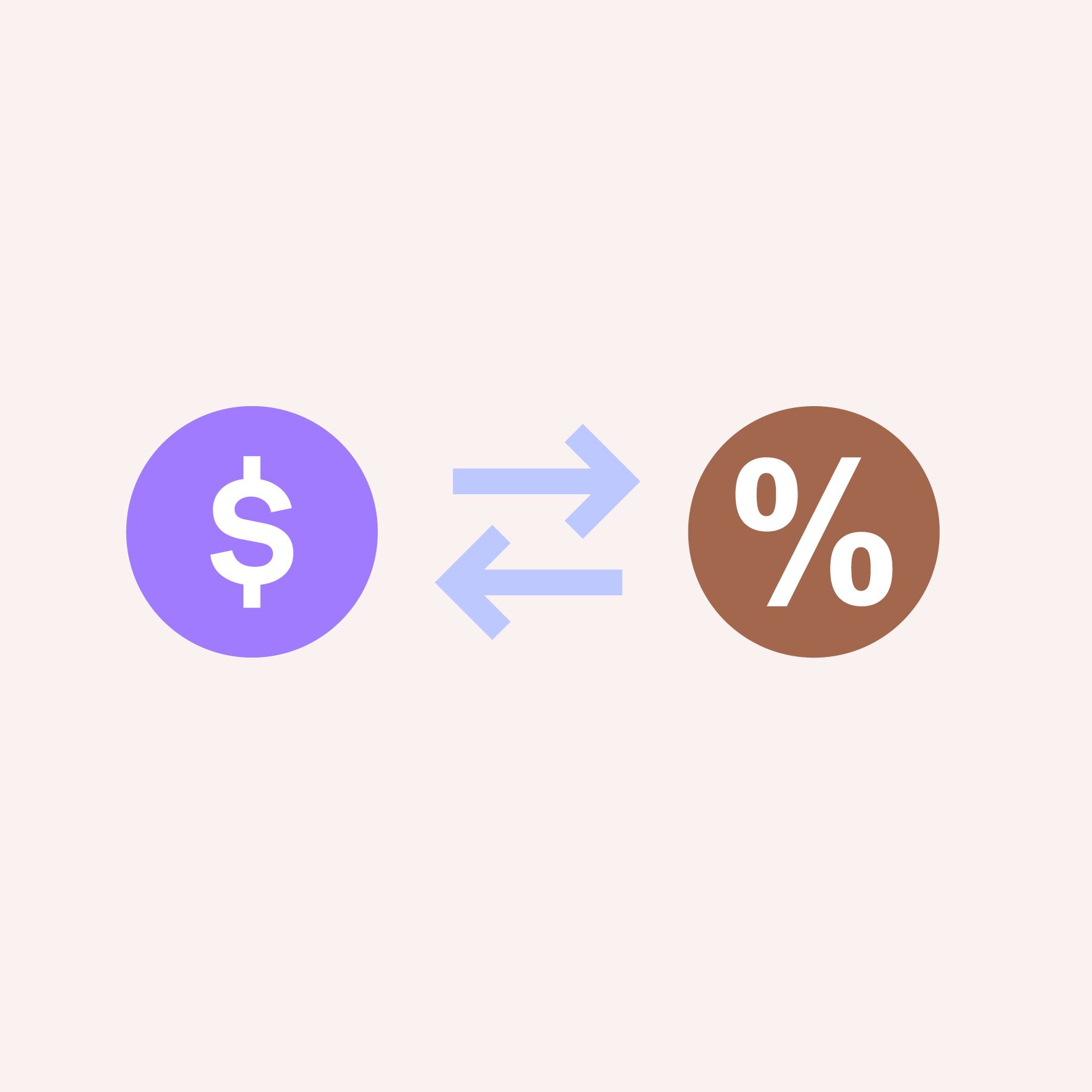If you’ve been watching the news, you’ll have seen that the U.S. has recently proposed some pretty substantial hikes on tariffs for goods being imported from China as well as removing the ‘de minimis’ exemption – which previously allowed foreign products costing $800 (£624) or less to enter the US duty-free – for Chinese imports as well.
While this is concerning for e-commerce businesses located in China, the impact is more far reaching, as anyone who imports a product that originated in that country will be subject to the same rules. Here’s what you need to know about country of origin and how it is used in customs clearance.
#What is meant by country of origin in shipping terms?
Anyone who imports or exports a product must state the country of origin on their customs declaration. Wherever that item originated from will determine the duties and taxes your business must pay.
Generally speaking, the country of origin refers to the country where a product was made, produced or grown. Determining this is a crucial aspect in international trade, influencing factors like tariffs and customs regulations.
#What Country of Origin is not?
It is not necessarily the country where it's shipped from or purchased. For example, if a shirt was made in Bangladesh, then Bangladesh is the country of origin, even if it was sold from an online store based in London.
#Why do we need to state the country of origin of our imports?
The country of origin determines which rules and regulations apply to the product, particularly in international trade, impacting factors like tariffs, quotas, and trade agreements. For example, the U.S. requires imported goods to be marked with the country of origin before entering customs.
#What if I buy materials from China but make a product here in the UK?
With today’s global supply chains, the country of origin can be complex, as products may involve multiple countries in the production process. For example, a washing machine might be assembled in one country, but the screws might be from another, and the washing machine's origin would depend on the rules for that specific commodity, according to Customs Support.
#How can I be sure that I have determined the correct country of origin?
As a general rule of thumb, where two or more countries take part in the production of goods, the country of origin of goods should be the country where the goods underwent final operations in processing or production. For more information on criteria for sufficient processing of goods see this article.
#SAMOS is here to help.
We’re here to keep shipping simple for e-commerce businesses that are tired of complicated shipping processes and impersonal customer service departments. If you’d like to know more about how your imports may be affected by recent trade tariff changes, get in touch with SAMOS for a friendly chat.




